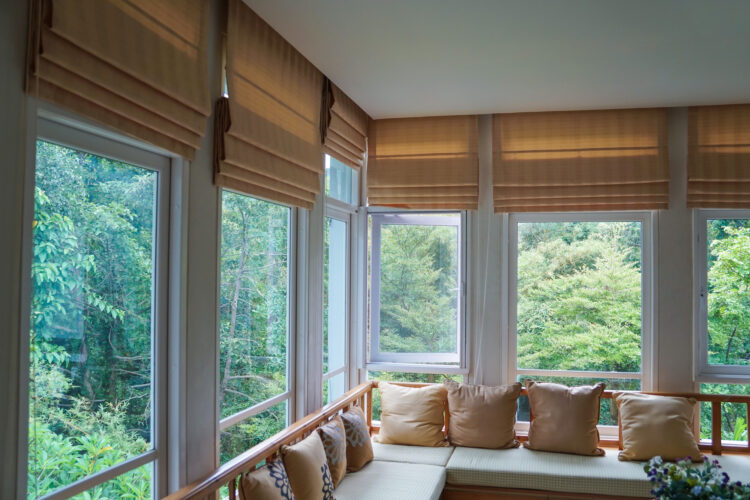When interior design, every element in space plays a crucial role in creating the desired ambiance and aesthetic appeal. The element that often gets overlooked but significantly impacts the overall design is window zip blinds. Blinds not only serve functional purposes like light control and privacy but also offer a wide range of design possibilities to enhance the aesthetics of any room. Window blinds come in various styles, materials, and colors, making them versatile design elements.
Whether your interior design style is modern, traditional, minimalist, or eclectic, you find blinds that seamlessly blend with your existing decor. From sleek and simple roller blinds to elegant and textured wooden blinds, there’s an option to suit every preference and design theme. Customizing blinds allows you to create a cohesive and harmonious look throughout your space. Different types of blinds offer varying degrees of light filtering options. Sheer blinds gently diffuse sunlight, creating a soft and airy atmosphere, while blackout blinds completely block out light, providing privacy and creating a cozy ambiance. By adjusting the blinds to control the amount of light, you create different moods in your space, enhancing its visual appeal.
Texture and visual interest
Blinds introduce texture and visual interest to an otherwise plain window. Elements such as bamboo, timber, textiles, and aluminum present diverse textures and finishes that contribute depth and personality to any given space. Textured blinds create a focal point or act as an accent piece, adding a layer of visual interest to the overall design. Whether you choose a rustic, natural wood blind or a sleek, metallic blind, the texture they provide elevates the aesthetics of your interior spaces.
The Role of Blinds in Interior Design offers an opportunity to infuse color and pattern into your design scheme. They come in a wide range of colors and patterns, allowing you to coordinate them with your existing color palette or introduce a pop of contrasting color for a bold statement. Blinds with patterns, such as stripes, florals, or geometric designs, become a focal point in the room, adding a touch of visual intrigue. The ability to play with colors and patterns through blinds opens up endless possibilities for creativity and personalization in interior design.
Visual harmony and balance
Window blinds play a vital role in creating visual harmony and balance within a space. They help tie together different design elements, such as furniture, flooring, and accessories, by complementing their colors, textures, or patterns. By selecting that harmonizes with the overall design scheme, you achieve a cohesive and balanced look that enhances the aesthetics of the room. This visual harmony makes the space feel more polished and well-designed. Vertical blinds give the illusion of height, making a low ceiling appear taller. Horizontal blinds make a narrow window seem wider, creating a sense of spaciousness. By choosing the right style and orientation of blinds, you manipulate the perception of space and create a visually appealing environment.


